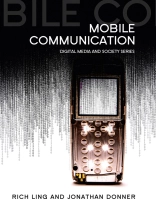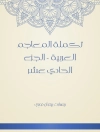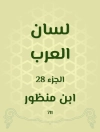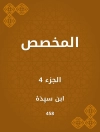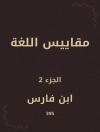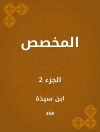With staggering swiftness, the mobile phone has become a fixture of
daily life in almost every society on earth. In 2007, the world had
over 3 billion mobile subscriptions. Prosperous nations boast of
having more subscriptions than people. In the developing world,
hundreds of millions of people who could never afford a landline
telephone now have a mobile number of their own. With a mobile in
our hand many of us feel safer, more productive, and more connected
to loved ones, but perhaps also more distracted and less involved
with things happening immediately around us.
Written by two leading researchers in the field, this volume
presents an overview of the mobile telephone as a social and
cultural phenomenon. Research is summarized and made accessible
though detailed descriptions of ten mobile users from around the
world. These illustrate popular debates, as well as deeper social
forces at work. The book concludes by considering three themes: 1)
the tighter interlacing of daily activities 2) a revolution of
control in the social sphere, and 3) the arrival of a world where
the majority of its inhabitants are reachable, anytime,
anywhere.
Jadual kandungan
Preface.
Acknowledgements.
Chapter 1. Introduction: the quarter century beyond the Maitland
commission report.
Chapter 2. Short history of mobile communication.
Chapter 3. Mobile communication in everyday life: 3 Billion New
Phones.
Chapter 4. Mobile communication in everyday life: New Choices,
New Challenges.
Chapter 5. Debates surrounding mobile communication.
Chapter 6. Conclusion: Individual addressability, interlacing
and the spillover of the control revolution
Mengenai Pengarang
Rich Ling is Senior Researcher at the Telenor Research
Institute in Norway.
Jonathan Donner is Researcher for Microsoft Research
India.
